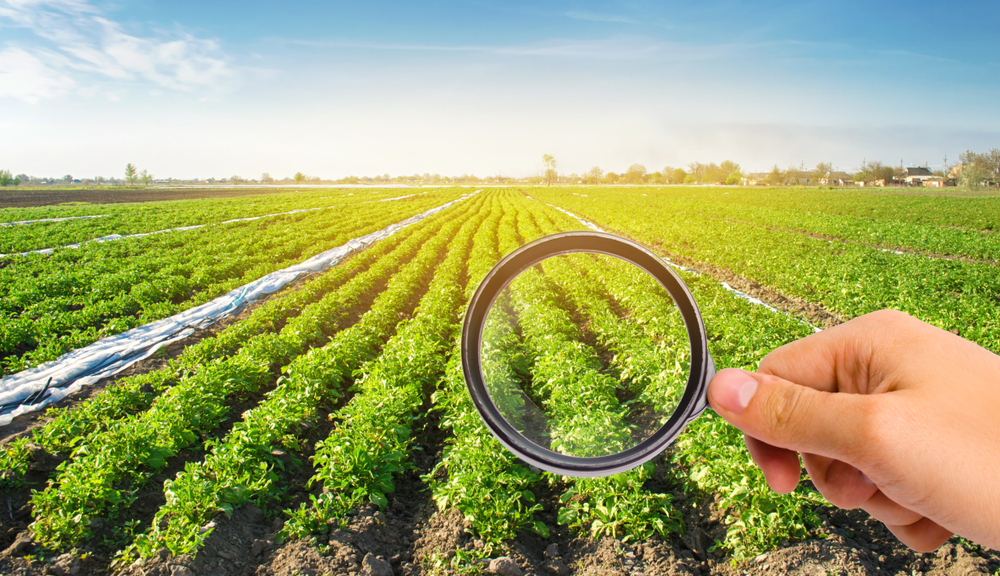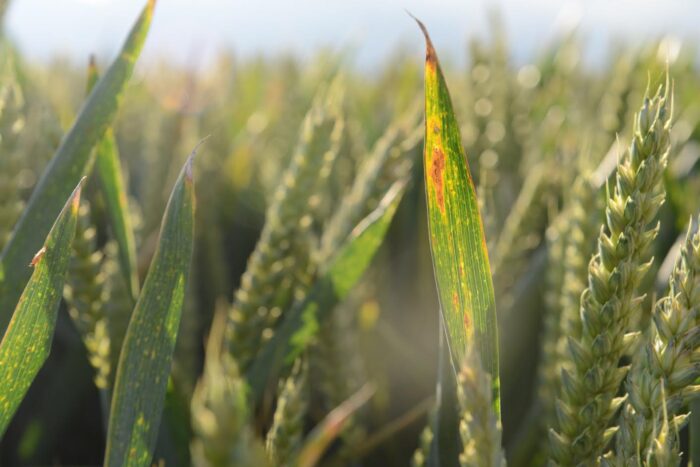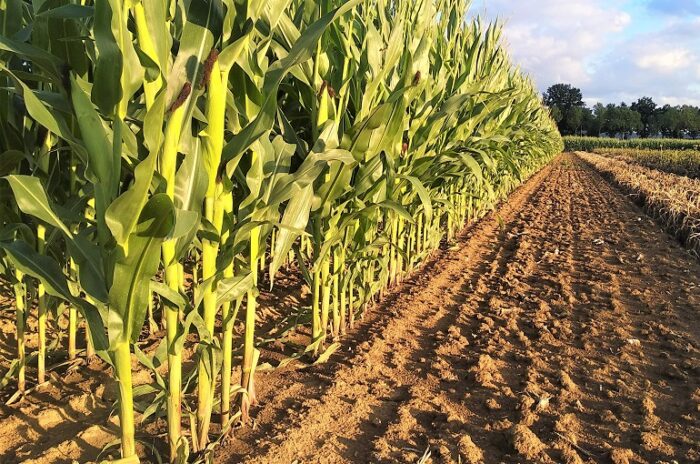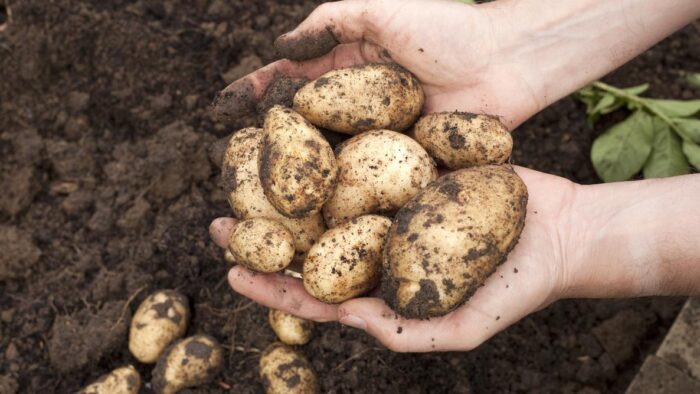
It is essential to understand that preventing crop disease begins with stopping it from attacking your crops. Whether a disease is infectious, like a virus or bacteria, or non-infectious, like winter damage or nutrient deficiency, preventing it from attacking your plants is the best way to deal with the problem.
The following are five key ways of preventing crop diseases from attacking your farm.
1. Understand Crop Infection

The first step to preventing disease on your farm is understanding how infection occurs. Infection occurs if a host plant is vulnerable to the disease, a pathogen that can cause disease, and a conducive environment.
Therefore, once you understand how a disease starts and spreads, preventing it from ruining your crop yields is easier. You can use an approach like removing the pathogens from the farm or creating conditions that are unconducive for the infection to thrive.
2. Pick the Right Plants
Another significant way of preventing disease is by choosing the right plants based on the site. Choosing the right plants is way easier than managing a plague-infested farm. Selecting the right plants helps prevent infectious and non-infectious diseases on time.
The first thing is to know the site and the plants that can thrive there. Test the soil also to determine what you should plant. Another critical thing to preventing crop disease is knowing your plants. The worst thing you can do is assuming plant tolerance to disease. So, find out how different plant varieties can tolerate elements like the sun, wind, weather, and soil conditions.
Additionally, learn how you can increase yields with these varieties. A great approach like transcriptomics helps determine the DNA sequence to understand more about plants. So, learn about plant interaction and its properties to understand better how to prevent infections.
3. Choose Disease Resistant Plants

Another thoughtful thing to do is to select plants resistant to disease. No plant is disease free. However, knowing those who can resist most diseases is crucial when deciding which crops to plant.
Learn about their genetic characteristics and the predominant genes that help fight infections. You can start by gathering information from different sources about the disease resistance of such plants. However, ensure you have accounted for everything, not just disease resistance, when choosing plants.
4. Balance the Soil
Sometimes a plant disease may originate from the soil. If you see plants with discolored eaves or dying twigs and branches, the problem could come from the roots. Keeping the soil moist is crucial to maintaining healthy roots and plants.
Soil that is well-drained and has a good texture and great organic matter also has beneficial organisms that keep plants healthy. However, the soil also has other harmful microorganisms like bacteria and fungi that cause diseases. Therefore, it is crucial to keep a good balance.
5. Clean the Garden

Another effective way of preventing plant disease is by cleaning your site by removing diseased plants, rotating crops, and sanitization. Remove pathogens that can cause disease.
For instance, remove potatoes with blight and all diseased ones at the end of the harvesting season to limit the amount of pathogens in the next season. Additionally, rouging, which involves removing infected crops, is vital to prevent the disease from spreading. Another approach, crop rotation, also helps prevent infection.
Final Words
Plant diseases threaten the entire crop production. Therefore, it is crucial to prevent diseases and deal with them accordingly. Understand diseases and how they affect plants to keep them at bay.
Discover how investing in a farm for sale offers an opportunity for long-term financial growth and sustainable agricultural practices.














